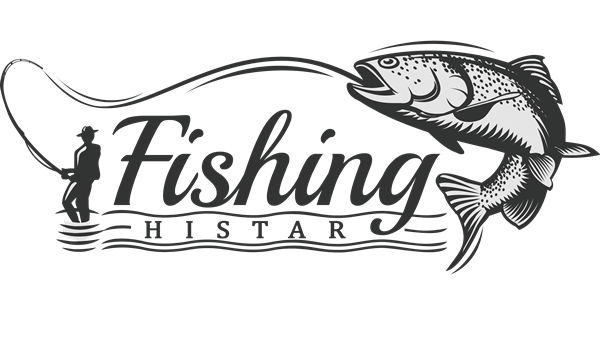Fly fishing is a completely different game from ordinary fishing.
First of all, the essential difference between the two is:
- Normal fishing uses the weight of the lure to throw the bait.
- Fly fishing uses the weight of the fly line to throw the bait using a technique similar to throwing a rope.

Why do you use this technique to throw the lure? Because the weight of the bait is eliminated from the fishing, and even a feather can be thrown where you want it to go. It is because of the removal of the weight limit that insects have become the most common lure used in fly fishing. Because insects are a staple food for many fish, they are also a high protein meal that can be obtained without much effort. Many times, the aggressiveness of predatory fish is used to provoke them to attack fake fish, not necessarily "eat", and some less aggressive fish are often not very interested in road fishing, and often, the splash of road fishing will also scare the fish, these are the disadvantages of road fishing. By using fly fishing techniques, a fly can be dropped on the water without any sound, and then the line is drawn to simulate the insect's struggling swimming action, which is fatal to many fish. From the larval form of aquatic insects, subadults, to adult forms, even small fish and leeches, fly fishing can simulate a wide range of things.
There are four main categories of fly fishing lures:
Surface Dry Flies: mainly simulate insects that fall on the surface of the water.
Underwater Wet Flies: mainly simulate insects or sub-adults underwater.
Nymphs: mainly simulate aquatic larvae.
Streamer: simulates small fish, leeches and other organisms.
Using the right fly at the right time and in the right environment can sometimes have a much greater impact than what lures are used for normal fishing. Around May every year, they will swim up from the water in large numbers and develop into adults, and during this time, it is a gourmet feast for fish. If you can use fly fishing lures simulating mayflies at the mayfly hatchery during this time, the catch rate can be said to be 200%.
Fly fishing is not only different from rods and reels, but the lines used are much more complicated than normal fishing lines:
- Backing line: The line that connects the fly line to the reel, this line usually does not come out of the reel unless a big fish rips out all the lines.
- Fly line: The main and longest line for fly fishing, thicker and with some weight, it is used to throw the bait when throwing the rod, it is divided into floating and sinking type.
- Leader: A transparent line tied at the end of the fly line from thick to thin, less visible to fish, also divided into floating and submerged types.
- Tippet: The thinnest line that links the fly to the leader, completely invisible to the fish, and usually much stronger than the usual line.
It takes a lot of practice just to throw such a set of lines smoothly, and it is often not possible to do it in a day or two. Even if you can throw it out, the distance and accuracy requires more practice, not to mention more advanced throwing techniques to deal with different conditions and waters, which I won't go into here, but in short, fly fishing is very deep water.
Because of this threshold, fly fishing is not necessarily the most efficient shortcut to "catching fish", but rather, like skiing and rock climbing, an outdoor recreational activity that requires passion and practice. But once the goal of fishing is not just to "eat fish", but to enjoy being in nature, exploring and studying the environment around a lake, what creatures are feeding the fish, what these creatures are thinking, and what the fish are thinking, fly fishing becomes an addictive sport.
